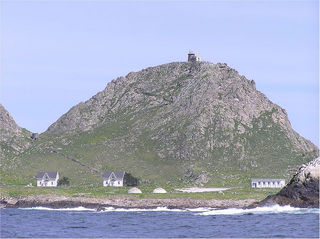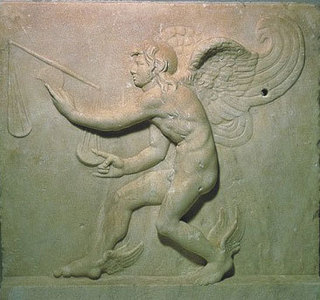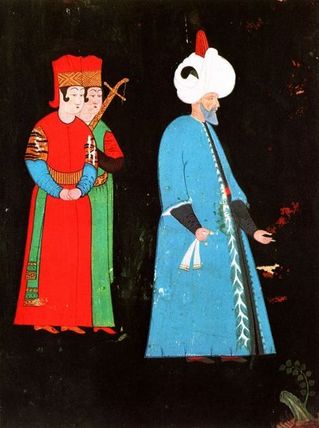 In the biologist’s dream, a sea bird has been banded too tight and is in trouble in the water, thrashing around to try to get rid of the constraining tag. She jumps into the ocean, braving hungry sharks to try to rescue the bird, and follows it all the way to the Golden Gate bridge, where things get confused as lots of people enter the scene.
In the biologist’s dream, a sea bird has been banded too tight and is in trouble in the water, thrashing around to try to get rid of the constraining tag. She jumps into the ocean, braving hungry sharks to try to rescue the bird, and follows it all the way to the Golden Gate bridge, where things get confused as lots of people enter the scene.
In another scientist’s dream, something strange is going on in the vast colony of murrs on one of the islands. He goes to investigate and discovers that some people have infiltrated the colony, disguised as murrs, with the aim of stealing the birds’ eggs.
In yet another scientist’s dream, his team of observers are playing hockey against a team of cormorants, with drunken elephant seals for a rowdy audience.
These are samples from a group dream log maintained by members of the scientific observation team on the Farallon Islands over the past 20 years. The sampling was made public in a most interesting article by Carolyn Jones (“Farallones biologists record similar dreams”) in the San Francisco Chronicle today.
I hope the full log of these dream reports will be made public. They may constitute fascinating raw data on how members of a close-knit community can share a life in dreams as well as in waking reality. Common themes recur in these reports: the threat of human intrusion on the fragile environment of sea birds and aquatic mammals, danger in the water in shark season, close encounters between humans and other life forms. It would be interesting to know whether the dreams of two or more biologists on a given night match up even more closely, for example in scouting a particular development that could threaten a bird colony, or warn of danger at sea for a member of the scientific team.
On a given day, there are only six or seven biologists on the Faralllones, meeting for dinner each night at one of the two Victorian houses at the base of the pyramid hill, with its lighthouse, on the southeast island. Only 27 miles from San Francisco, they are nonetheless quite remote from the modern world, and much closer to the elemental powers of wind and water than most city-dwellers can imagine. Perhaps, under these circumstances, they have slipped into a kind of mutual dream “entrainment” that is in no way exotic to indigenous peoples, or to many of our ancestors, or to circles of active dreamers today.
Communal dreaming can be developed, consciously, as a means of scanning the environment that goes beyond scientific instruments, and can be life-supporting and even life-preserving. In The Secret History of Dreaming, I describe how the Andaman islanders have a practice of conscious mutual dreaming that enabled them to receive early warning of the Asian tsunami of December 2004 and get out of its way, abandoning their coastal fishing settlements for the uplands while tourists on nearby shores were swept away.
In my own Active Dreaming circles, we have kept group logs of some of our dream expeditions, and I quote from these in the epilogue to my Dreamways of the Iroquois. While the group dream log of the biologists in the Farallones is thus by no means unique, it is a wonderful initiative that may inspire many to think more about the possibilities for dreaming as a social, as well as an individual, experience.
Southeast Farallon island from Mirounga Bay. Farallon means “steep rock” or “cliff” in Spanish.

